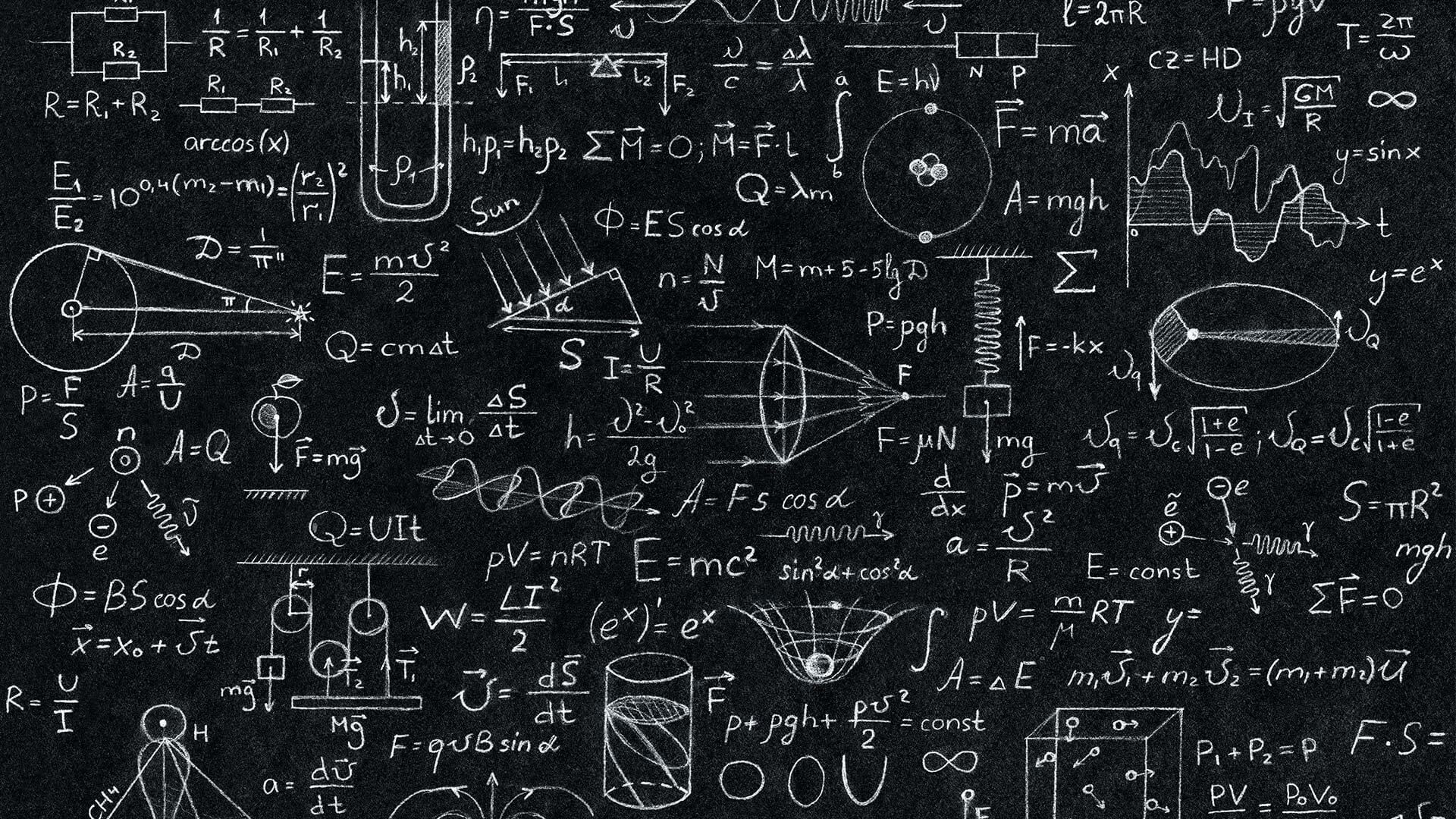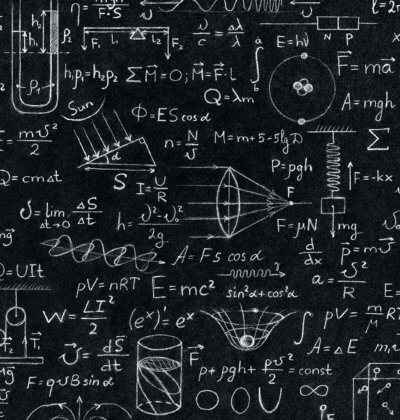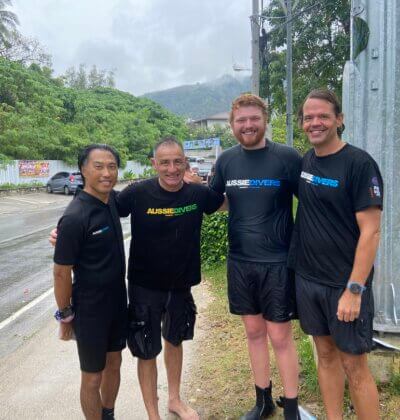Understanding PADI IDC Physics Exam – Tips
Getting you through the Physics Exam
This blog is complimenting our first physics blog Strategies to Help You Through PADI IDC Physics Exam.
Here you will find some basic explanations of some of the physics topics you will face when you are doing your physics exam at your PADI Instructor Examinations.
As you will see, some of tips are very simplified. Some physic equations can be quite complex. We have tried to simplify it for the ease of learning. Because PADI only needs a basic understanding of physics then the simple approach should be enough to get you through.
1. Water has weight, weight creates pressure
Water has weight and weight has pressure. With water, this pressure can push up or push down.
One of the simple experiments I like to do during the IDC is do get candidate to lay down a 1.5 litre bottle of water on them. Then one of our six litre bottles, then two six litre bottles and so on. The candidate can feel the weight on the water, pushing on them. This is pressure.
Theoretically this is what happens when we dive. The deeper we go, the more water we have on top of us and that creates more pressure.
Now this is where we need to trust science a bit. Water cannot compress and when we dive we theoretically have water pressure pushing down and water pressure pushing up. As you should know, our body is mostly made up of water. Therefor, if the water in our body cannot compress, we do not feel that pressure. Basically the water in your body becomes one with the surrounding water.
In the scuba diving world what does compress is air and there will be questions about this. Flexible containers, wetsuits, BCD etc, will all compress and a lot of questions will refer to this.
Because salt water weighs more (heavier) than salt water creates more pressure. Always remember that a litre of fresh water weighs 1.0kg (that is the metric system) and a litre of salt water weighs 1.03kg. It should be easy to remember salt water has the weight of the water, plus the weight of the salt.
2. Displacement
When thinking of displacement, a simple way of getting our head around it is you and water. You can float on water only if you spread out on top of the water, do your best starfish impersonation so to speak. But what you cannot do is walk on water.
In this equation two things remain the same, one is the water and one is our body weight. The only thing that changes is the amount of our body we place in direct contact with the water (displacement). What we do when we want to float is we displace more water. Our starfish impersonation displaces more water than the soles of our feet. The more water that is displaced the greater chance we have of floating, if that is our goal.
When we do these equations and when we draw them, often it is simple as having a force pushing up and a force pushing down and whichever is greater wins. That will determine is something is positively buoyant (floats) negatively buoyant (sinks) or neutrally buoyant (hovers in mid water).
Before you start any of these questions, understand what is pushing up and what is down.
To do this you need to know the weight pushing down (the object in kg) and the weight pushing up which is the displacement (in litres) x the weight of the water (1.0 kg for fresh water) or (1.03kg for salt water). You then should know if the object is going to float, sink or be neutrally buoyant.
PADI will then often ask how do we make it float or sink.
These questions are normally a lot easier than they seem to be on paper. With an understanding of the questions, a clear head and I nice drawing you really should not have an issue with them.
3. Salt water/ Fresh water – Kilograms /litres
If I had a dollar for every time a candidate got a physics question wrong because the forgot to convert and answer from kg to litres or did the calculation for salt water instead of fresh water or the other way around, I would be a very happy man.
These are by far the two most common reasons why a candidate gets a question wrong.
It comes from not reading the question properly, or rushing the question. Slow down, read the question and make sure that your diagram clearly states what type of water and what the answer should be, either kilograms or litres.
4. Conduction/Radiation/Convection
There are three different ways we can have heat again and heat loss. In most PADI Physics exams there is a question about this. The two most common that effect us in scuba diving is Conduction and Convection. The least influence is Radiation. Here is a brief explanation about each:
Conduction:
This is the most common in scuba diving. This is where the two items come in direct contact. The classic example is a spoon mixing a cup of hot coffee/tea. The spoon would go in at room temperature but will become hotter after stirring the tea. In scuba diving, a hot diver will become cooler when in contact with cold water.
Convection:
Convection does happen in scuba diving and is a little more difficult to explain and to understand.
Convection is heat transmission in fluids. In diving, water heated by your skin becomes less dense. This causes the warm water to rise and be replaced by cooler water. For this reason, even without a current and you remaining motionless, water flows over you skin carrying away heat.
Radiation:
This is the least relevant to scuba diving (unless you count sunburn). Radiation is the heat given off a hot object. This can be the sun, a fire or radiator. The two different items do not actually come in contact with each other and the heat from one object will cause a rise in temperature or burning of the other.
5. Refraction/visual reversal
Refraction:
Refraction results when light shifts when going from water into air. i.e the water you are diving in and the air in your scuba mask. Underwater, this makes thing seem closer than they really are or larger than the realer are.
Visual Reversal:
Where as refraction makes things look closer, visual reversal makes things look further away. Turbidity caused visual reversal and is formed bya combination of water clarity, contrast and the amount of light.
6. Molecules heat and cold
Atoms and molecules when hot travel faster, when cold travel slower.
Where this would affect us in scuba diving is with a scuba diving cylinder. If that cylinder gets hot i.e it is left in the sun the pressure will increase. This is one of the main reasons why a bust disk valve was invented.
Another way a cylinder can get warm/hot is during filling. The reason for this is we are forcing air through a small hole with the air molecules bouncing off the edges of cylinders. This creates heat. It is why a tank is warm, but more importantly the pressure will be higher. But as the tank starts to cool, the pressure will decrease. It is not magic, it is physics.
One scenario that often occurs is a tank that is refilled between dives. When the diver is about to dive they may have 220-230 bar. As soon as the jump in the water the tank will cool and they start to breath. After 10 minutes of diving they first check their air and find they have 170 bar and cannot understand why they have used 50 – 60 bar in 10 minutes. The answer is not so much the air that they consumed, but the cooling of the molecules.
PADI do ask questions in exams about the same occurrence in flexible containers (balloons). This does not have a lot of relevance to scuba diving but it does help understand the pressure/heat/cold relationship.
If the flexible container does get hot, the molecules again move faster, however, because the container can flex, then instead of a pressure increase, the container will expand, possibly until it busts.
Everything that we have spoken about reverses if the molecules get cold. The pressure will decrease in a scuba cylinder and a flexible container should shrink.
7. Ambient pressure/Total Pressure/Gauge pressure
Total Pressure:
Is as it says, the total pressure which includes both the water pressure and the atmospheric pressure. This is the most common one that we use in scuba diving.
Absolute Pressure:
Absolute pressure and total pressure are virtually the same. For the purpose of answering PADI exam questions take them as being the same unless you want to go into very scientific reasons why.
Gauge Pressure:
Uses 1ata/bar as a zero point. So effectively it does not include the atmospheric pressure. It is what is used to determine usable pressure therefor it is used mostly for pressure gauges, hence the name.
8. What is Partial Pressure
As you learnt in your open water course the deeper you dive the denser the air that you breathe gets.
When on the surface, air is 79% Nitrogen and 21% Oxygen. Because we are on the surface we can express it as a percentage or partial pressure.
As you would know, if you dived to 10 metres, the density would be 2x or twice that on the surface. You would think that you would just double the percentages and state 158% Nitrogen and 21% Oxygen. However you cannot do this as that would suggest that the air has doubled in size i.e 100% to 200% because the amount of air has remained the same. The air has compressed and nor is thicker or denser.
Because you cannot express the answer as a percentage (%) we use partial pressure. Not the absolute scientific way of working out the answer, however you can easily just place use a decimal point. i.e 158% would be 1.58pp or 21% would be .21pp. You always follow the pp with the gas you are referring to. 1.58% pp Nitrogen or .21pp oxygen.
Important Tip: The percentage the air remains the same at any depth. i.e at the surface it is 79% Nitrogen and 21% Oxygen. Even though the air gets denser as we dive, the percentage remains the same. At 10m, 20m even 50 metres the air will still be 79% Nitrogen and 21% Oxygen. The partial pressure will still increase.
10. Calculations
1 Litre of salt water weighs 1.03 kg
1 Litre of fresh water weighs 1.0 kg
Pressure Increases by 1 ATM every 10 metres of salt water
Pressure Increases by 1 ATM every 10.3 metres of fresh water
Pressure changes in salt water = 0.100 ATM per metre or 1 ATM per 10 metres
Pressure changes in fresh water = 0.097 ATM per metre or .97 ATM per 10 metres
Because water is denser than air, sound travels 4 times faster underwater
Water conducts heat 20 times faster than air.
Archimede’s Principle relates to buoyancy.
Dolton’s Law refers to Partial Pressure.
Boyle’s Law relates to pressure and volume
Posted in Instructor Pro IDC Tips on .




